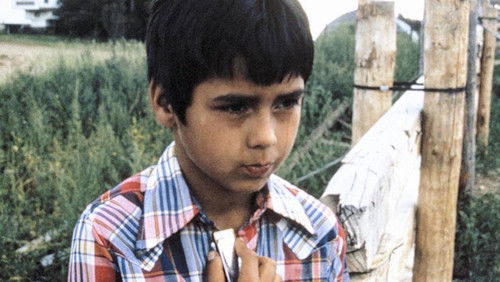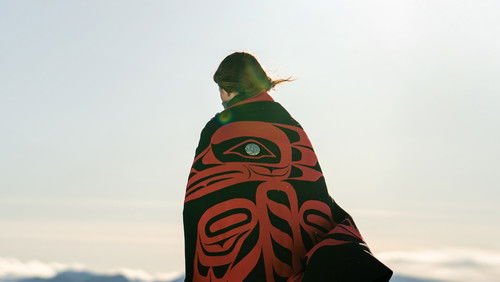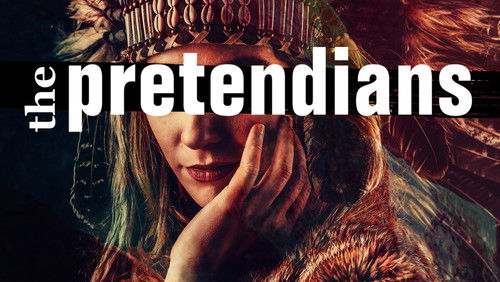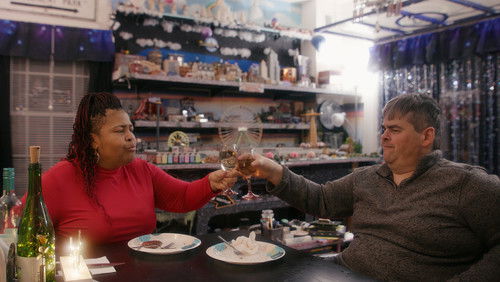Jean-Michel Basquiat: The Radiant Child (2010)
34KJean-Michel Basquiat: The Radiant Child: Directed by Tamra Davis. With Jean Michel Basquiat, Julian Schnabel, Larry Gagosian, Bruno Bischofberger. Director Tamra Davis pays homage to her friend in this definitive documentary but also delves into Basquiat as an iconoclast. His dense, bebop-influenced neoexpressionist work emerged while minimalist, conceptual art was the fad; as a successful black artist, he was constantly confronted by racism and misconceptions. Much can be gleaned from insider interviews and archival footage, but it is Basquiat’s own words and work that powerfully convey the mystique and allure of both the artist and the man.
“Basquiatu0026#39;s artwork transcended the culture of the streets, circa 1980. He started out as a graffiti artist and rapidly become one of the worldu0026#39;s coolest underground painters. The interview footage, if youu0026#39;ve never seen clips of Jean-Michel Basquiat, puts the viewer into the perspective of his artwork, and conveys how his ideas were partly influenced from past artists, partly his immediate emotions, and wholly groundbreaking. He became known for crossing out words on the canvas, which indirectly strengthened the meaning of his avant-guard, street poetry. Basquiat was an innovative painter who was ahead of his time. His drive was about being totally original; that is, the very best, when it came to originality. As far as a documentary, u0026quot;Jean-Michel Basquiat: the Radiant Child,u0026quot; works well. As soon as the director presents the eventful rise and fame of the subject, the film takes a righteous step back to discuss Basquiatu0026#39;s background and influences. In addition, documentaries about a single subject should never depict a personu0026#39;s life in chronological order; it becomes more like a Barbara Walteru0026#39;s special, and we donu0026#39;t want that. I think the audiencesu0026#39;s predilection for this film will depend on their fascination for the subject at hand; the chaotic life of an artist, the rise and fall of a famed celebrity. I absolutely adore these stories. They usually start and finish the same, but sometimes, events take the turn for the worse, and the icon dies at a very young age. Jean-Michel Basquiat was only 27 when he died of a hot-heroin overdose. Fame, fortune, and loneliness drove his drug addiction to an unbearable end. When you hear these stories, sometimes these celebrities make it, and sometimes, they never get to live long enough to tell it themselves. Always pray for their recovery. Basquiatu0026#39;s work might have become more famous as a result of his death, but thereu0026#39;s never a price too high for a persons life; not fame, fortune, or history in the making. I think the strength of documentary filmmaking deals primarily with the subject. If the viewer is drawn to the central figure, then itu0026#39;s really hard to objectively critique the way a documentary is filmed. Personally, I donu0026#39;t think u0026quot;The Radiant Childu0026quot; provides strong enough direction, but more importantly, a strong passion for the subject, Jean-Michel Basquiat, and it certainly shows. u0026quot;The Radiant Childu0026quot; lacks the spontaneity and hipness of u0026quot;Exit through the Gift Shopu0026quot; (2010), but any art lover, interested in the short, yet successful life of Basquiat, will certainly enjoy this documentary. Basquiat was so daring and conceptual with his work, that when he wanted to explore a traumatic event from his childhood, he would literally paint in the manner of a five year-old child . A child; he was far from it. Radiant; he was above and beyond.”









